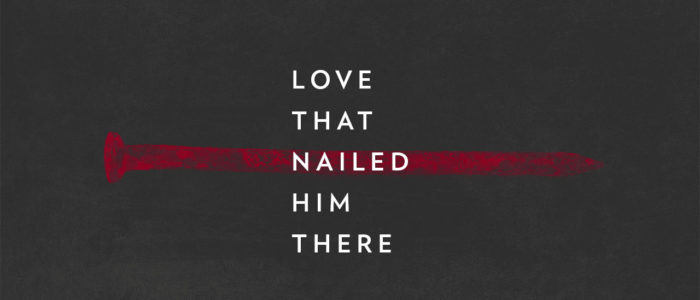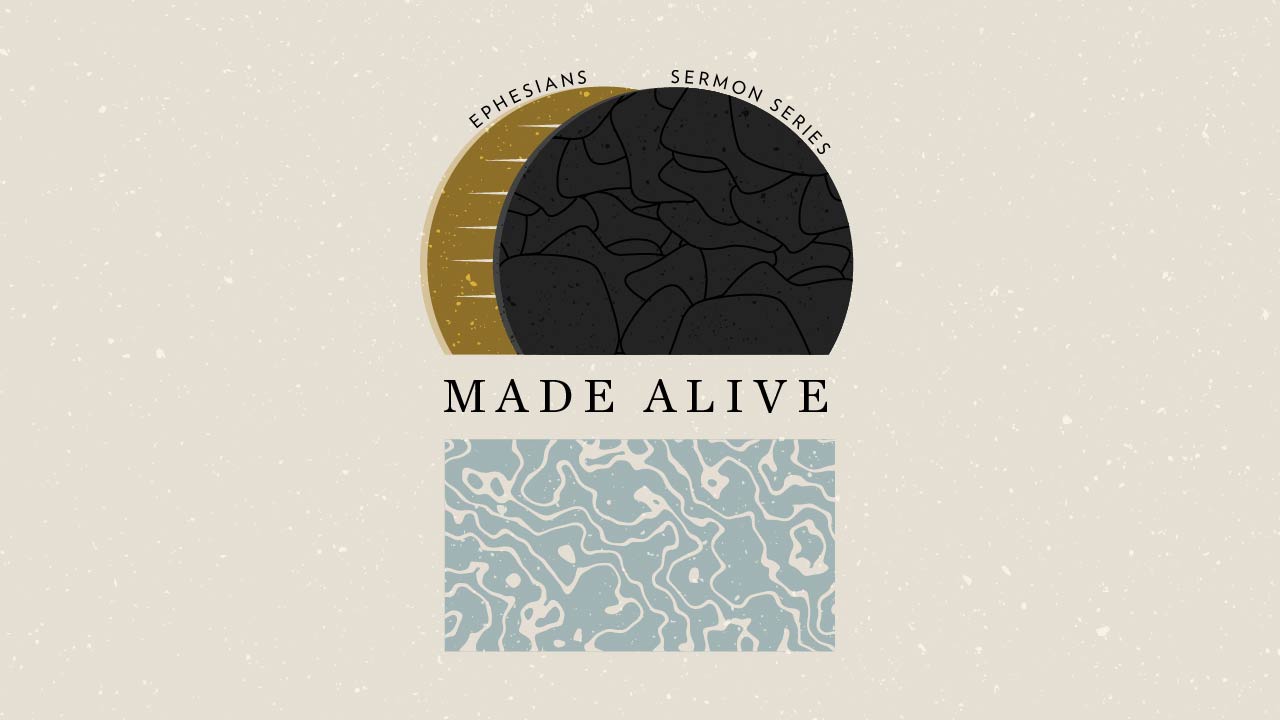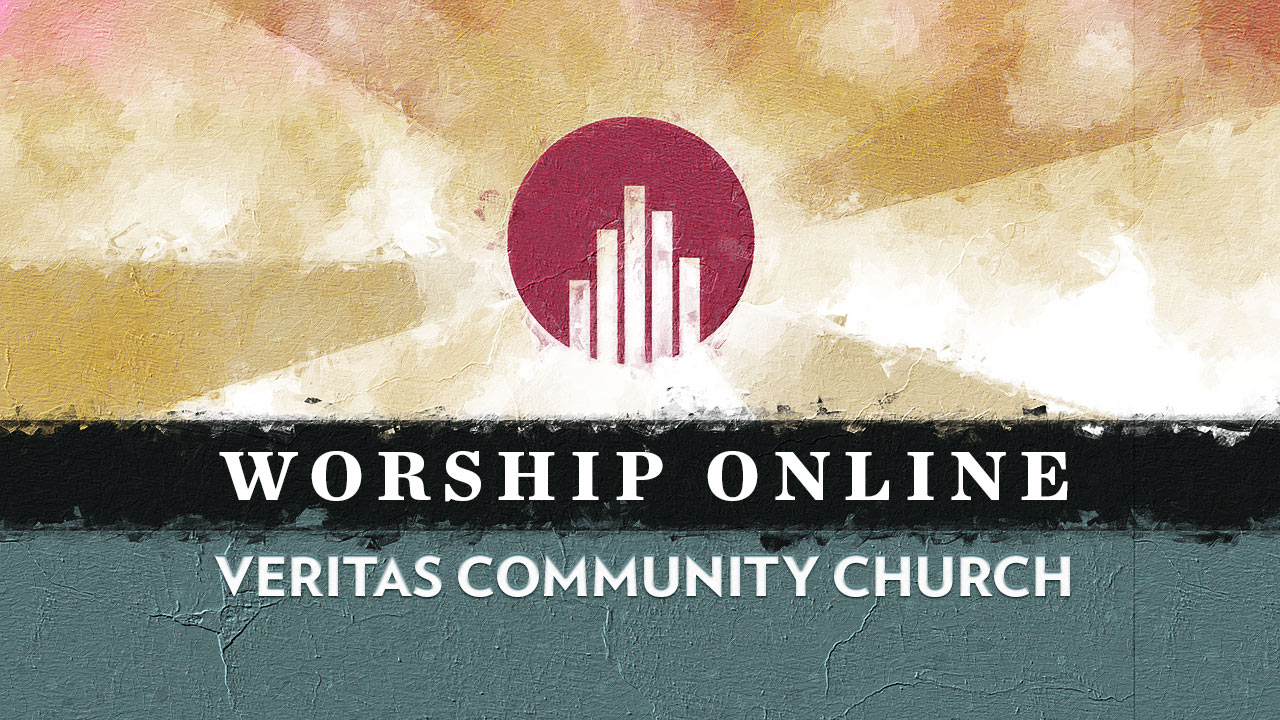Love That Nailed Him There
by Melissa Davis
A friend and I were talking recently about what it looks like to prepare our hearts for Holy Week. I had asked what she thought is easiest to miss when we look at Christ on the cross, perhaps especially this year as we are going to be celebrating Good Friday and Easter from our homes instead of among the church body. Her answer was love.
When we look at the cross we tend to feel guilt and sadness wash over us. This year in particular it may be easy to draw out the narrative of separation, loneliness, and loss. We hear Jesus’ words, “My God, my God, why have you forsaken me,” and while we should see the suffering servant identifying with us, we might be tempted to accusatively feel that God has also abandoned us in this time. My friend went on to summarize her thought by pointing out, “What is your first impulse, is it God so hated the sinful world that he killed his only son, or, God so loved the world that he gave his only son?” Now, consider which statement is true. Jesus said to Nicodemus in John 3, “For God so loved the world, that he gave his only son.” In this simple statement we see the why and the heart behind God’s actions. It is because of God’s love that he would allow his own creation to nail him to a cross of wood.
Matthew and Mark both record Jesus’ final words as, “Eloi, Eloi, lema sabachthani?” (which means “My God, my God, why have you forsaken me?”). Jesus is quoting David’s words which the young king sung when he felt abandoned by God, on the run from King Saul, away from God’s people, God’s Promised Land, and God’s Holy Tabernacle. David’s experience was one of exile thrust upon him by the sins of another. As Jesus endures his greatest suffering on the cross he picks up this theme of exile. Jesus of Nazareth, the embodied person of God the Son, knows that his sacrifice is the concluding chapter on exile for all who believe in him. Since Adam’s fall humanity has been existing in a kind of exile from our Maker. The taking of the fruit of a tree drove the first image-bearers from the garden in which they experienced gloriously unmitigated walking in the presence of their Lord; and now, this blood stained tree on which Christ hangs will put an end to all the evil they had done. So, when Jesus says, “My God, my God, why have you forsaken me?” he says it as the final exile. God the Son, who knew no sin, became the very embodiment of sin, he felt the abandonment, the separation, the agony that the power of sin produces between man and God. Jesus goes to the cross as the fierce defender of those whom he loves. He marches forward without aid– his disciples betray, deny, and run away from him and though he is the Lord of Hosts he does not even command his angels to carry him down from there. By the power vested in sacrificial love he endures the absolute assault that sin, and death, and the devil launch against him. In beautiful irony, as Jesus simultaneously feels abandonment and victoriously fields the antagonistic attacks of the devil he cries out with us to the Father, through the Spirit, in essence saying, the world is broken, this is not how it was meant to be. Our sympathetic savior identifies with us, facing loneliness and shame so that we will never face it without him again. In this moment, by the unified work of our majestically trinitarian God, Jesus Christ brings to us the most dominant theme of all of scripture: God with us. You see, in the early church the four gospels were taken as one set; together they were “The Gospel.” And so, the final words of Jesus on the cross in Matthew and Mark are to be taken in harmony with what is recorded in Luke and John. Like parallel lines of Hebrew poetry, the meaning of the first statement is further explained or illuminated by the second. “My God, my God, why have you forsaken me?” is divinely bound up with “Today, you will be with me in paradise,” and “It is finished.”
Matthew and Mark’s passion narratives emphasize Jesus’ humanity. They remind us in their accounts of Jesus’ final moments that what we are witnessing is the incarnate God the Son who has richly identified with the people whom he has “loved to the end.” Taking a different angle, Luke lays our hearts bear when he tells us of the criminal who believed. From an historical perspective, the criminals who hung on either side of Jesus were most likely other Jewish men who had rallied a revolt against the Roman government. Since the days of the Maccabean Revolt small sects of Judaism had raged against the empire and laid claim to the Davidic throne. The story deepens if we look at Jesus hanging on a cursed tree, suspended between heaven and earth, as the true son of David. Jesus, the new and better David, turns to the penitent man beside him and in this criminal (the lowly man who would have falsely and for his own ambition, plan, and promotion, stolen the throne of David) he sees the face of a new Absolam. What a remarkable statement this New Absalom makes, then, to say, “Jesus, remember me when you come into your kingdom.” His sacred confession of faith is, “Jesus is Lord. I do not need a kingdom. The palaces and chariots of the kings of this world were what I once meant to claim but I see now that Jesus is King of the highest heaven and earth below. It is but my final entreaty that I might enter through the narrow gate to that kingdom of kingdoms. Lord, will you remember me?” What is Jesus’ reply? It is a sweeping remark of loving, compassionate, forgiveness! “Truly,” he says, “today you will be with me in paradise.”
Matthew and Mark attest to the fact that our crucified king identified with us that we would, in turn, be invited to identify with him. Luke tells all of God’s image-bearers who once sought to build kingdoms for ourselves on this earth– who once thought that financial stability, political prowess, or military coups of great strength could secure life for us –that our sins are forgiven and by his blood we are washed clean. Beyond that, we are remembered by this great King, loved by him, and welcomed into his kingdom.
When John picked up his quill to pen the last of the four Gospel accounts he did so to write a new Genesis. He wanted Christians across the Roman Empire to know that a New Adam had emerged on the scene and that he was king not only over a people or a place or even an idea. This New Adam, the Word, is Yahweh enfleshed, Elohim on High who walks in His Garden with humanity once again; only this time he comes to rule and subdue the earth himself, to initiate the grand restoration. John sees his creator on the cross. The apostle, who began his Gospel with, “In the beginning was the Word,” now looks upon the cross, sees the New Creation work is complete, and the Great King of Creation speaks into his world again, “It is finished.” The sun sets, Sabbath begins, and God rests.
“Greater love has no one than this, that someone lay down his life for his friends.” (John 15:13). Can you see it now? The God who is love and has embodied his steadfast love and faithfulness in the person of Jesus Christ laid down his life for his friends. In the truest love of neighbor, the God of the entire cosmos identified with his rebellious image-bears, conquering the sin, and death, and Satan which bound them and held them in exile. This God who is love, forgives throne-stealing image-bearers who swear allegiance to him and welcomes them into his kingdom. This God who is love speaks new life into his followers, making them into a new creation.
When you look upon the cross through a computer or TV screen on Good Friday and at the White Shroud on Easter morning, look at it and see your savior, who brought you out of the darkness of exile and into the presence of the Father, your life hidden with Christ in God, your forgiveness purchased there, your gate to the Kingdom swung open wide by the blood, your creator making you new, your King calling out: “You are the disciple whom I love. It was love that nailed me there.”



